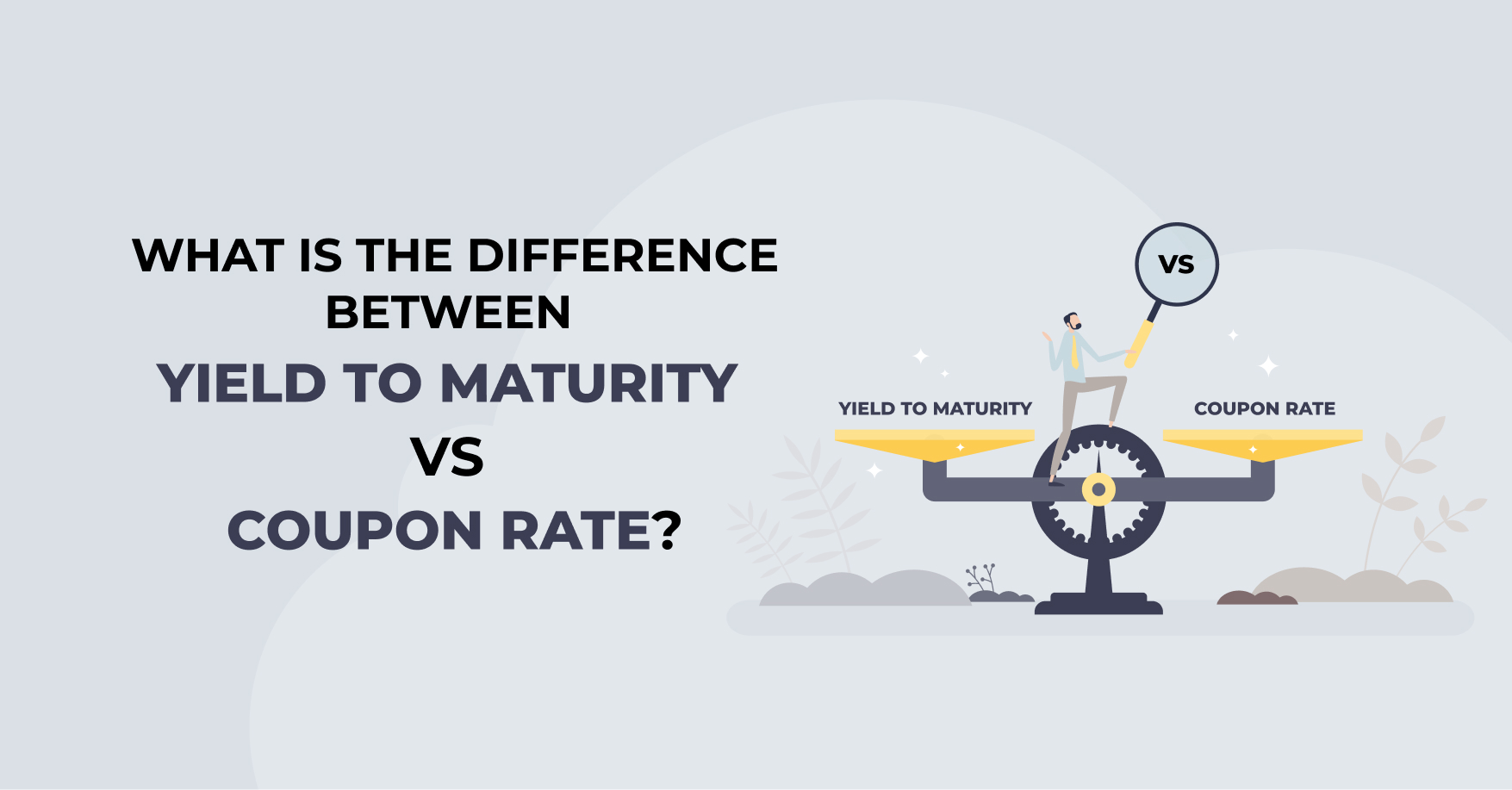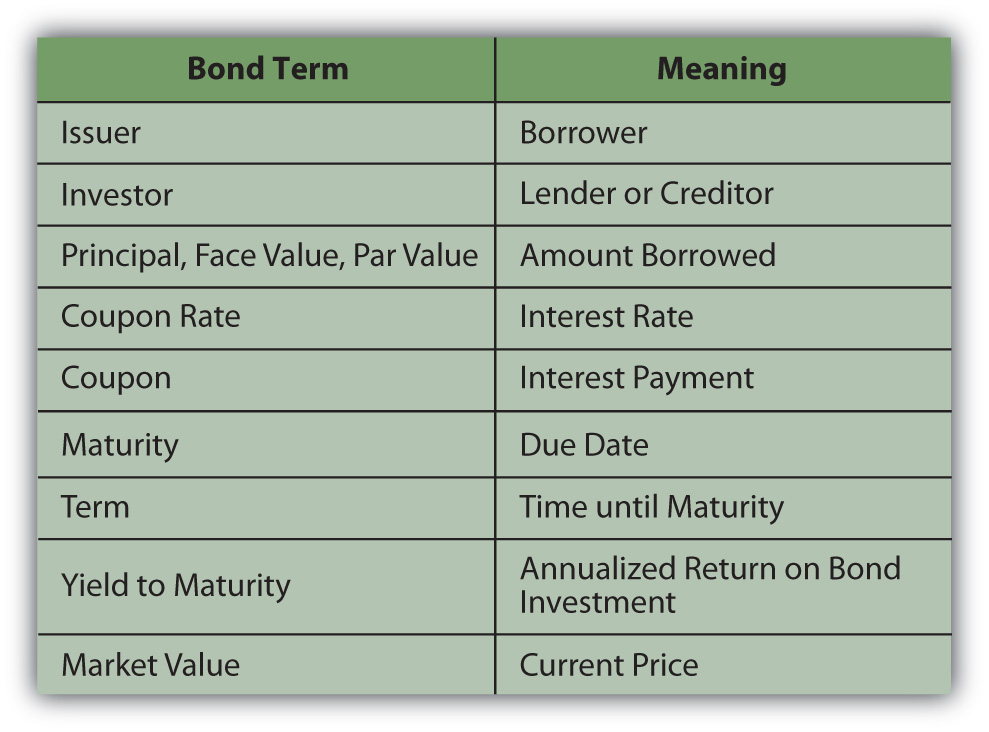What is Accrued Interest and Why Does it Matter?
In the realm of bond investing, accrued interest plays a vital role in determining the total return on investment. It represents the interest earned on a bond since its last coupon payment, and its accurate calculation is crucial for bondholders to determine their actual returns. When investors seek to understand how to calculate accrued interest on a bond, they are essentially looking to grasp the fundamental concept that affects their investment’s value. Accrued interest is a critical component of a bond’s total return, and its significance cannot be overstated. By grasping the concept of accrued interest, investors can better navigate the complex world of bond investing and make more informed decisions. In essence, accrued interest is the interest earned but not yet paid, and it plays a vital role in bond valuation and pricing.
Understanding Bond Basics: Face Value, Coupon Rate, and Maturity
Before diving into the complexities of accrued interest, it’s essential to understand the fundamental components of a bond. A bond’s face value, coupon rate, and maturity are the building blocks of its structure, and grasping these concepts is crucial for accurately calculating accrued interest. The face value, also known as the principal or par value, is the amount borrowed by the issuer and repaid to the investor at maturity. The coupon rate, expressed as a percentage, represents the interest rate paid periodically to the bondholder. Maturity, on the other hand, refers to the date on which the bond expires and the issuer repays the face value. Understanding these basic components is vital for bond investors, as they directly impact the bond’s value and the calculation of accrued interest. By grasping these fundamental concepts, investors can better comprehend how to calculate accrued interest on a bond and make more informed investment decisions.
How to Calculate Accrued Interest: A Step-by-Step Approach
Calculating accrued interest is a crucial step in determining the total return on a bond investment. To accurately calculate accrued interest, investors need to follow a step-by-step approach. The formula to calculate accrued interest is: Accrued Interest = (Face Value x Coupon Rate x Time) / 100. Where Time is the period for which the interest has accrued, expressed as a fraction of a year. For example, if the bond has a face value of $1,000, a coupon rate of 5%, and the interest has accrued for 3 months, the calculation would be: Accrued Interest = ($1,000 x 5% x 0.25) / 100 = $12.50. This amount represents the interest earned but not yet paid, and it’s essential to include it in the bond’s total return calculation. When investors understand how to calculate accrued interest on a bond, they can make more informed investment decisions and optimize their returns.
Accrued Interest vs. Interest Yield: What’s the Difference?
When it comes to bond investing, understanding the distinction between accrued interest and interest yield is crucial. While both concepts are related to the bond’s return, they serve different purposes and are calculated differently. Accrued interest represents the interest earned but not yet paid, whereas interest yield refers to the total return on investment, including the coupon payments and any capital gains or losses. To accurately calculate the total return on a bond, investors need to understand how to calculate accrued interest on a bond and distinguish it from interest yield. For instance, a bond with a high coupon rate may have a high interest yield, but if the accrued interest is not accounted for, the investor may not receive the expected return. By grasping the difference between accrued interest and interest yield, bond investors can make more informed investment decisions and optimize their returns.
Factors Affecting Accrued Interest: Bond Characteristics and Market Conditions
Accrued interest is not a fixed value, but rather a dynamic concept that is influenced by various factors. Bond characteristics, such as credit rating, duration, and coupon rate, play a significant role in determining the accrued interest. For instance, a bond with a higher credit rating tends to have a lower accrued interest, as the issuer is considered more creditworthy. On the other hand, a bond with a longer duration will typically have a higher accrued interest, as the investor is exposed to interest rate risk for a longer period. Market conditions, such as interest rates, economic indicators, and inflation, also impact accrued interest. When interest rates rise, the accrued interest on existing bonds increases, making them more attractive to investors. Conversely, when interest rates fall, the accrued interest decreases, making new bonds more appealing. Understanding these factors is essential for bond investors and analysts, as they can significantly impact the calculation of accrued interest and ultimately, the total return on investment. By considering these factors, investors can make more informed decisions and optimize their bond portfolios.
Real-World Examples: Calculating Accrued Interest on Different Bond Types
To illustrate the practical application of accrued interest, let’s consider three real-world examples of calculating accrued interest on different bond types. These examples will demonstrate how to calculate accrued interest on government bonds, corporate bonds, and municipal bonds.
Example 1: Government Bond – Suppose an investor purchases a 10-year U.S. Treasury bond with a face value of $1,000 and a coupon rate of 2%. If the bond is purchased on March 15th and the next coupon payment is due on June 15th, the accrued interest would be calculated as follows: Accrued Interest = (Face Value x Coupon Rate x Time Period) / 2 = ($1,000 x 2% x 3/12) / 2 = $25.
Example 2: Corporate Bond – Consider a corporate bond with a face value of $5,000, a coupon rate of 4%, and a maturity date of 5 years. If the bond is purchased on January 1st and the next coupon payment is due on April 1st, the accrued interest would be calculated as follows: Accrued Interest = (Face Value x Coupon Rate x Time Period) / 2 = ($5,000 x 4% x 3/12) / 2 = $250.
Example 3: Municipal Bond – Suppose an investor purchases a municipal bond with a face value of $10,000, a coupon rate of 3%, and a maturity date of 10 years. If the bond is purchased on July 1st and the next coupon payment is due on October 1st, the accrued interest would be calculated as follows: Accrued Interest = (Face Value x Coupon Rate x Time Period) / 2 = ($10,000 x 3% x 3/12) / 2 = $375.
These examples demonstrate how to calculate accrued interest on different bond types, highlighting the importance of understanding the bond’s characteristics and the time period between coupon payments. By mastering the calculation of accrued interest, bond investors and analysts can make more informed investment decisions and optimize their returns. Remember, when how do you calculate accrued interest on a bond, it’s essential to consider the bond’s specific characteristics and market conditions.
Accrued Interest in Bond Trading: Implications for Buyers and Sellers
In the bond trading process, accrued interest plays a critical role in determining the bond’s price, yield, and overall value. When buying or selling a bond, investors must consider the accrued interest to ensure a fair transaction. This section will delve into the implications of accrued interest on bond trading, highlighting its impact on buyers and sellers.
For buyers, accrued interest represents the amount of interest earned by the seller from the last coupon payment date to the settlement date. This means that the buyer must pay the seller the accrued interest, in addition to the bond’s face value, to compensate for the interest earned during that period. Conversely, sellers benefit from accrued interest, as they receive the interest earned during the holding period.
The accrued interest also affects the bond’s yield, as it influences the bond’s price. When interest rates rise, the accrued interest increases, making the bond more attractive to buyers. This, in turn, drives up the bond’s price and reduces its yield. On the other hand, when interest rates fall, the accrued interest decreases, making the bond less attractive to buyers, which leads to a decrease in price and an increase in yield.
In addition, accrued interest impacts the bond’s trading process, as it affects the bond’s valuation and pricing. Bond traders and investors must accurately calculate accrued interest to ensure a fair and efficient trading process. Failure to do so can result in mispricing, leading to potential losses or gains for buyers and sellers.
In the context of bond trading, understanding how to calculate accrued interest on a bond is crucial for both buyers and sellers. By grasping the concept of accrued interest, investors can make informed decisions, negotiate better prices, and optimize their returns. As such, it is essential to master the calculation of accrued interest to navigate the complex world of bond trading.
Mastering Accrued Interest: Tips for Bond Investors and Analysts
To maximize returns and make informed investment decisions, bond investors and analysts must master the concept of accrued interest. By understanding how to calculate accrued interest on a bond, investors can optimize their portfolios and navigate the complex world of bond investing. Here are some actionable tips for bond investors and analysts to accurately calculate and utilize accrued interest:
Tip 1: Understand the Bond’s Characteristics – Before calculating accrued interest, it’s essential to understand the bond’s face value, coupon rate, and maturity date. These characteristics will influence the accrued interest calculation and impact the bond’s overall value.
Tip 2: Use the Accrued Interest Formula – The formula for calculating accrued interest is straightforward: Accrued Interest = (Face Value x Coupon Rate x Time Period) / 2. By using this formula, investors can accurately calculate the accrued interest and make informed investment decisions.
Tip 3: Consider Market Conditions – Market conditions, such as interest rates and economic indicators, can significantly impact accrued interest. Investors should stay up-to-date with market trends and adjust their calculations accordingly.
Tip 4: Distinguish Between Accrued Interest and Interest Yield – Accrued interest and interest yield are often confused, but they serve distinct purposes in bond valuation. Investors should understand the difference between these two concepts to make accurate calculations and informed investment decisions.
Tip 5: Practice with Real-World Examples – Calculating accrued interest on different bond types, such as government bonds, corporate bonds, and municipal bonds, can help investors develop a deeper understanding of the concept. By practicing with real-world examples, investors can refine their skills and make more accurate calculations.
By following these tips and mastering the concept of accrued interest, bond investors and analysts can optimize their portfolios, make informed investment decisions, and navigate the complex world of bond investing. Remember, understanding how do you calculate accrued interest on a bond is crucial for success in the bond market.







